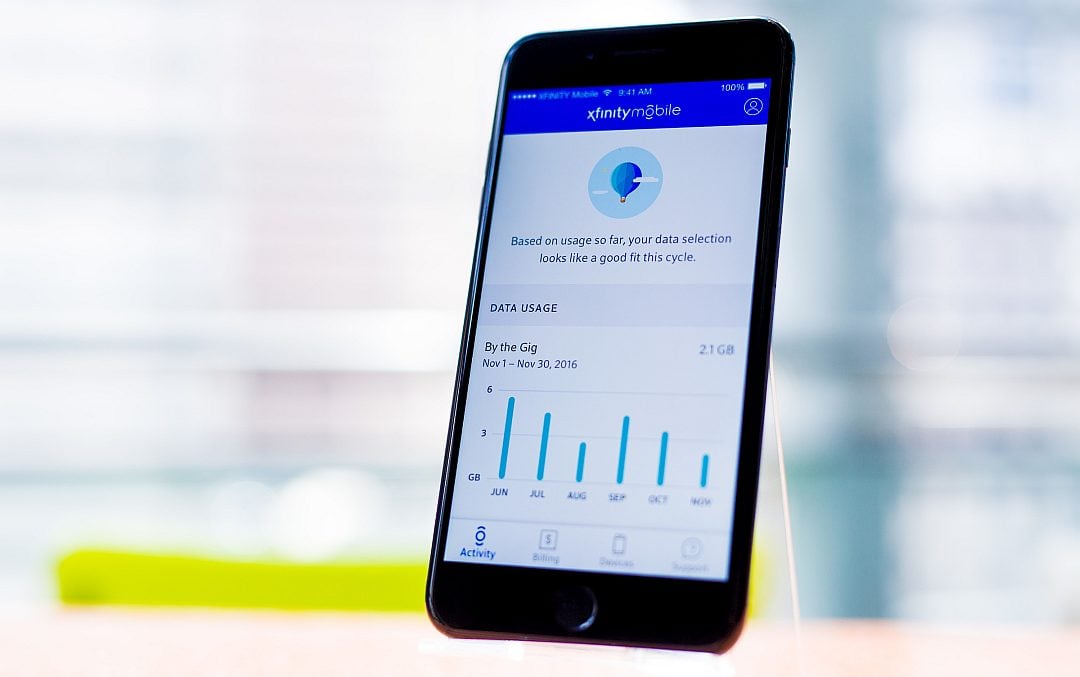Advertisement
Comcast owned Xfinity Mobile continues to grow at a rapid pace. The Verizon based MVNO added 204,000 subscriber lines in it's most recent quarter ending June 30th, 2018. The brand now has over 781,000 total lines. This is more than double the 380,00 subscriber lines that it ended 2017 with.
The growth is impressive given that the service is only available to those who are also subscribers to Comcast's Xfinity Internet. Most MVNO's don't report their subscriber count. But to give you an example of how quickly Xfinity Mobile has grown, Ting Mobile which has been in business for several years had only 170,000 subscribers at this time last year. Of course Comcast only reports the number of lines that it has, not its true subscriber count which may be a bit less. The company also doesn't say how many paying customers it has. Comcast offers unlimited talk and text with 100MB of shared data free to all of its Xfinity Internet subscribers.
Despite Xfinity Mobile's rapid growth, the business has thus far proven to be a financial disaster for the company. Comcast said that its wireless division ended the quarter in the red by $185 million. This translates to a loss of $236 per subscriber. At least some of the loss was attributed to the costs associated with scaling up the business.
Analyst Chimes In
One analyst, Watler Piecyk from BTIG Research estimates that Xfinity Mobile has lost over $1.2 billion since launching in May of 2017. He believes that growth for 2018 won't quite match investor expectation of 1 million subscribers by years end. Perhaps this is why we're seeing aggressive pricing out of the company. Xfinity Mobile's latest deal is offering new subscribers up to $300 cash back on select phones which include the iPhone and devices from Samsung.
Piecyk does believe that Comcast will remain in the wireless industry in order to help it fend off the threat posed by the launch of 5G wireless networks.
Many believe that 5G networks will allow mobile carriers to offer at home internet that competes with cable broadband. The carriers are also working on offering TV services of their own such as T-Mobile's Layer3 TV, and AT&T's WatchTV among the other video options that it has. This could further disrupt an already suffering cable TV industry.
Xfinity Mobile
This article is part of our Xfinity Mobile coverage. Jump to the BestMVNO Xfinity Mobile brand hub for plans & deals or browse the latest news.
